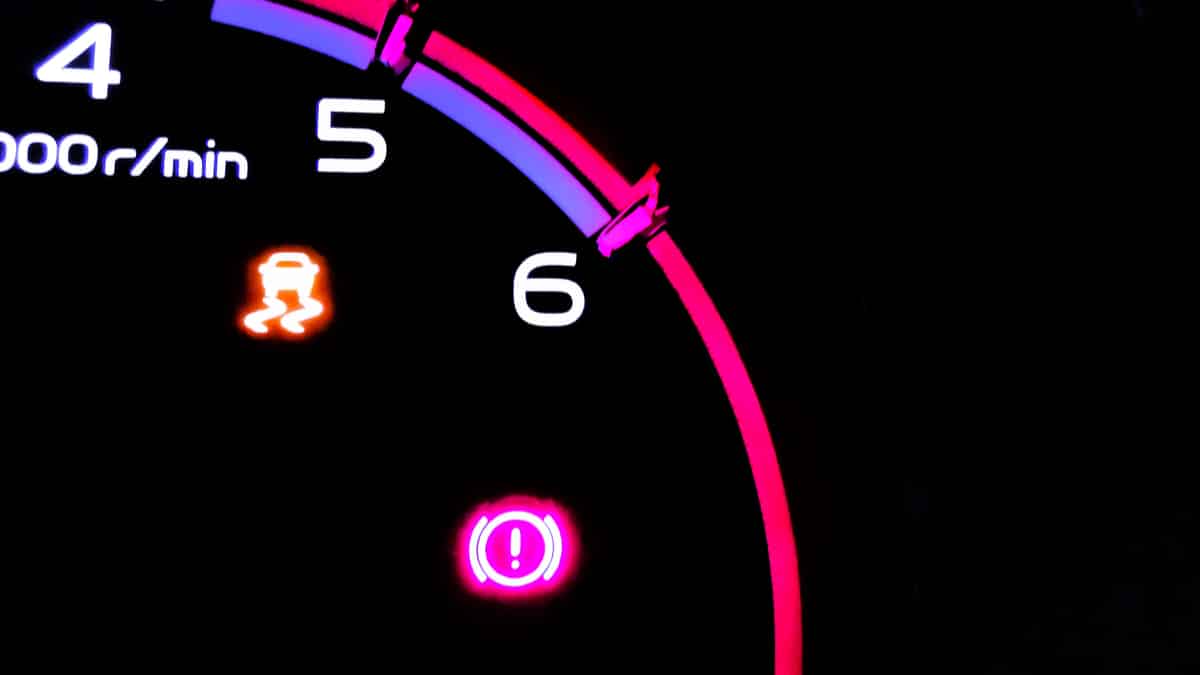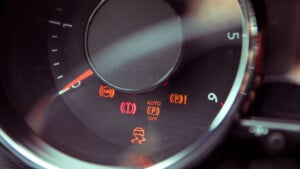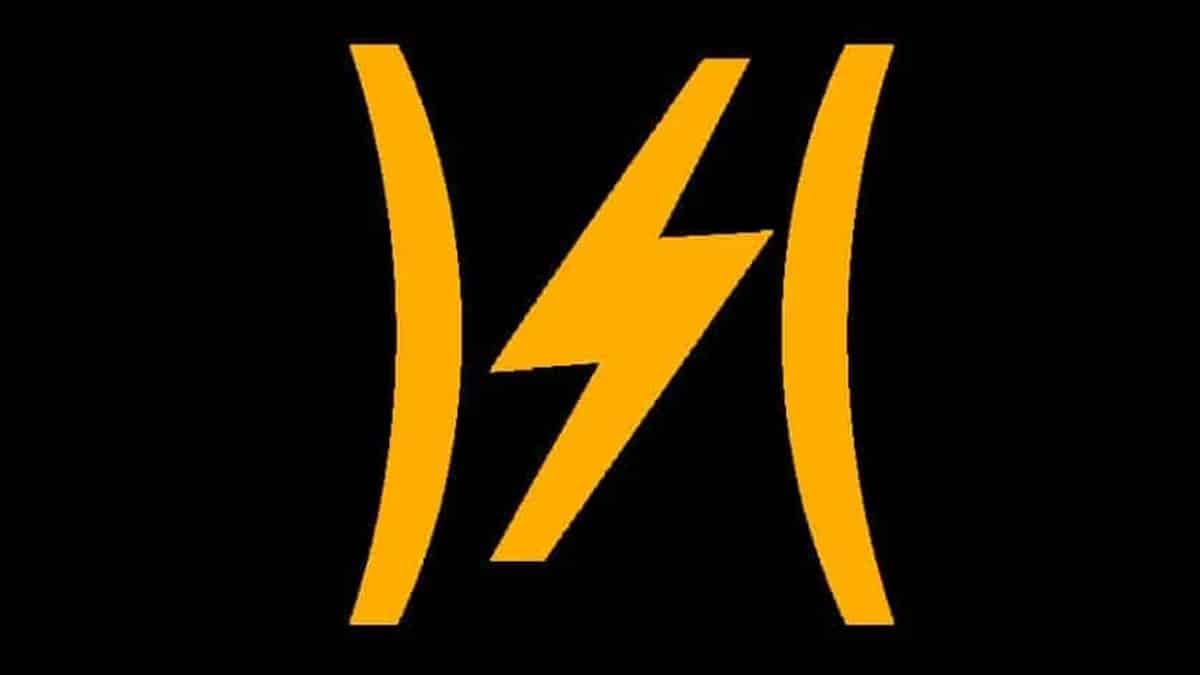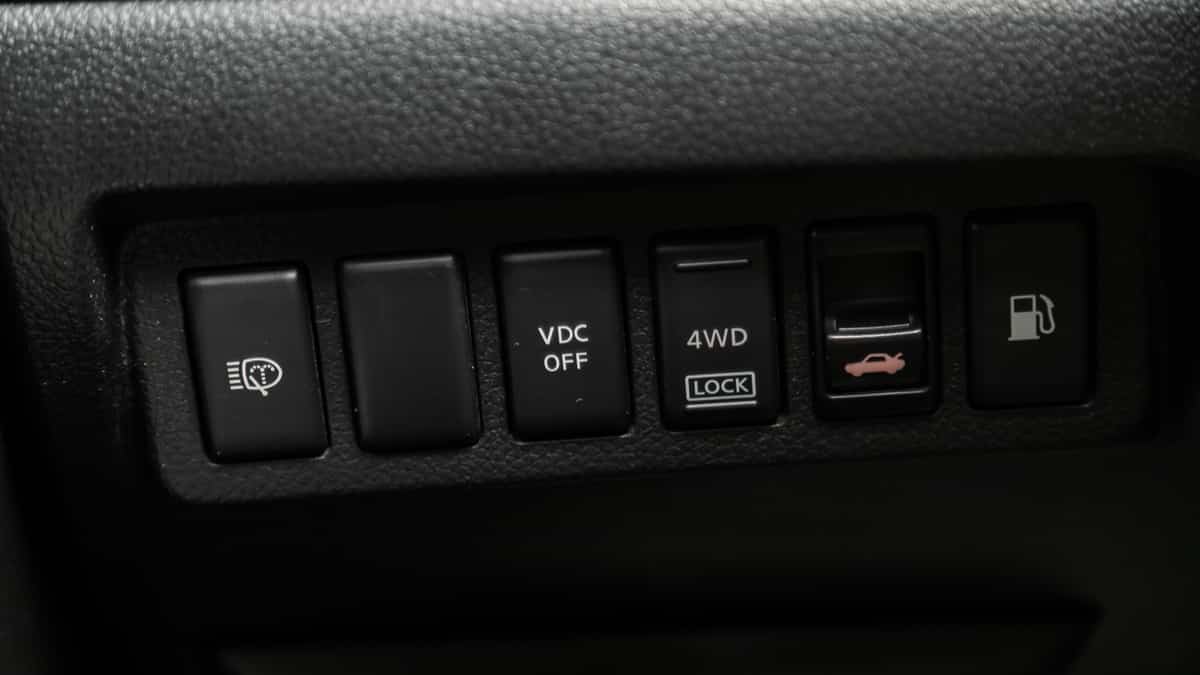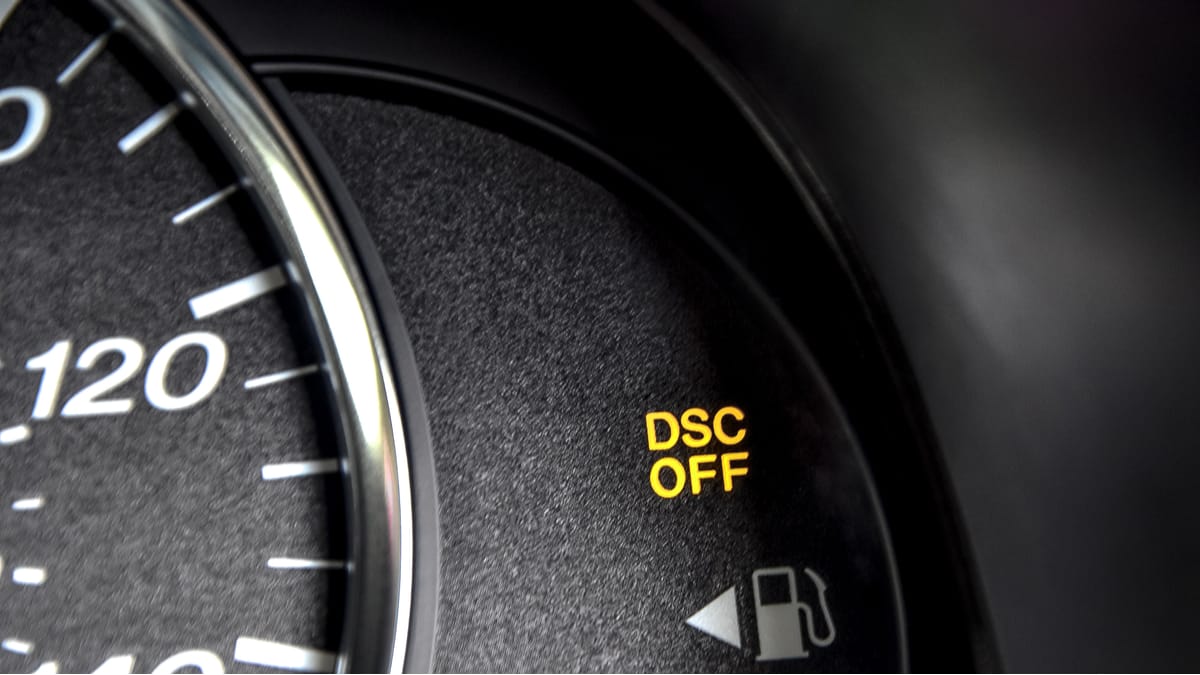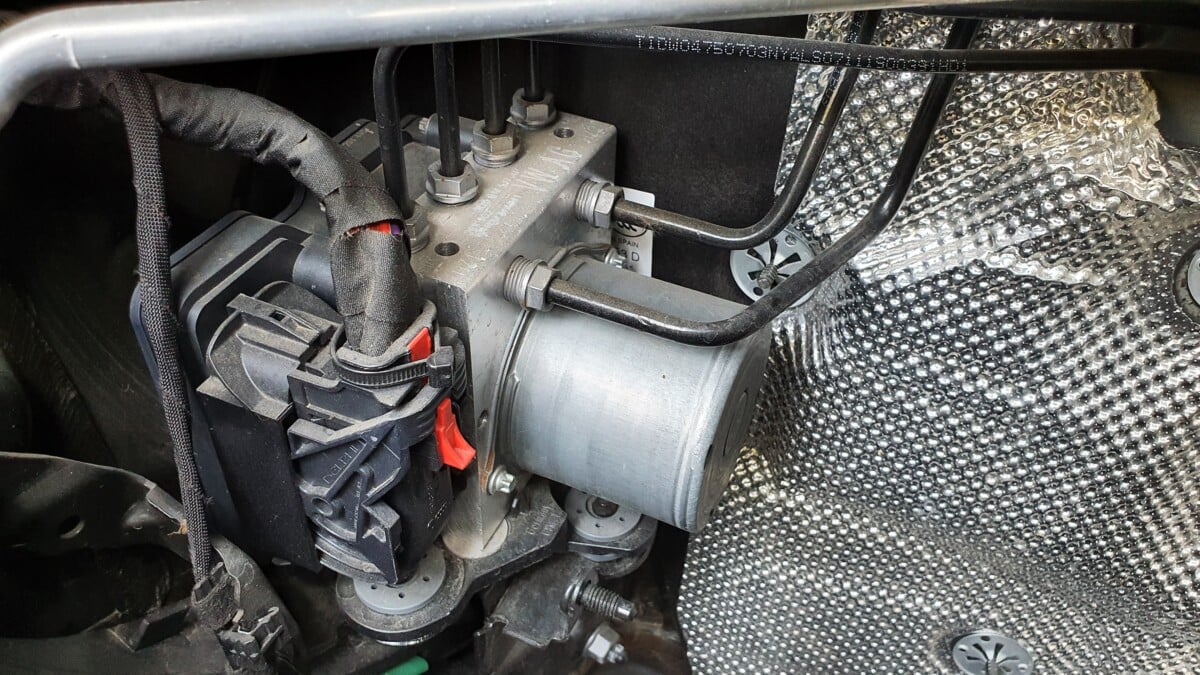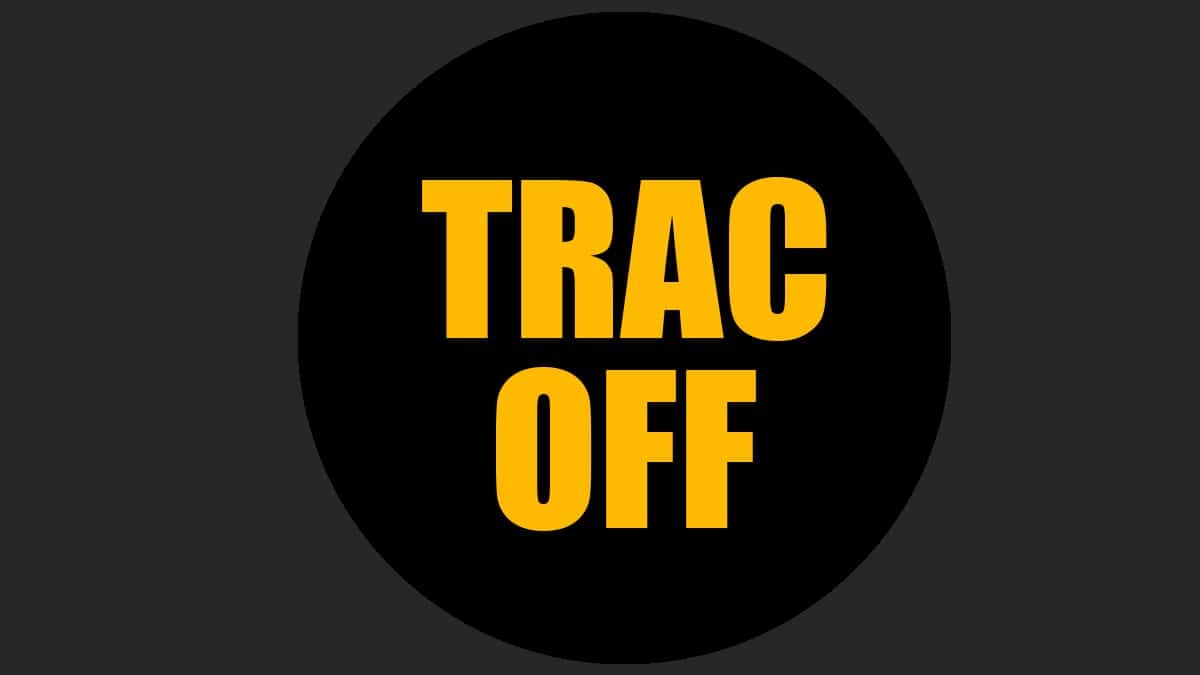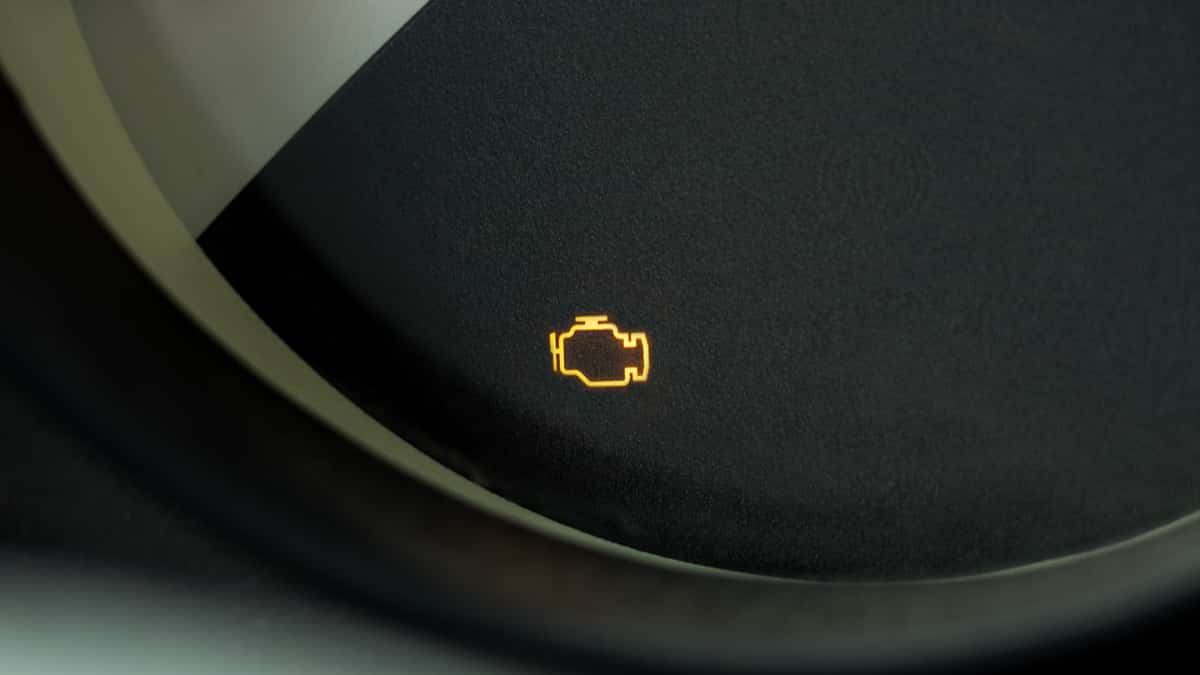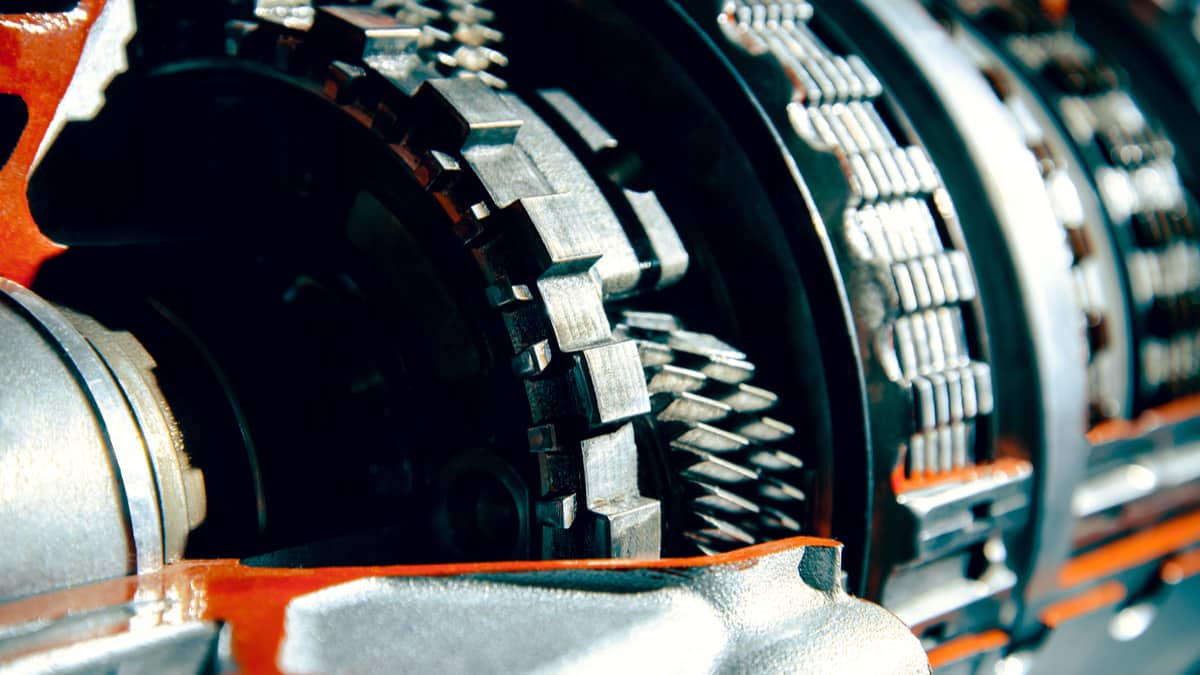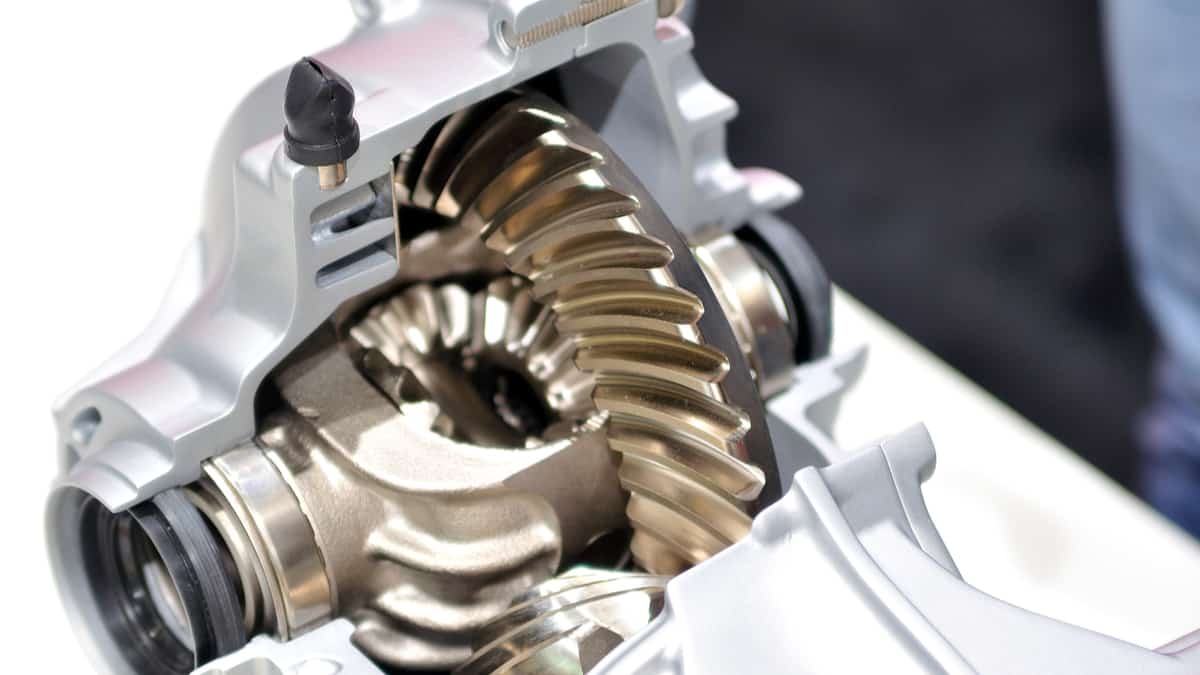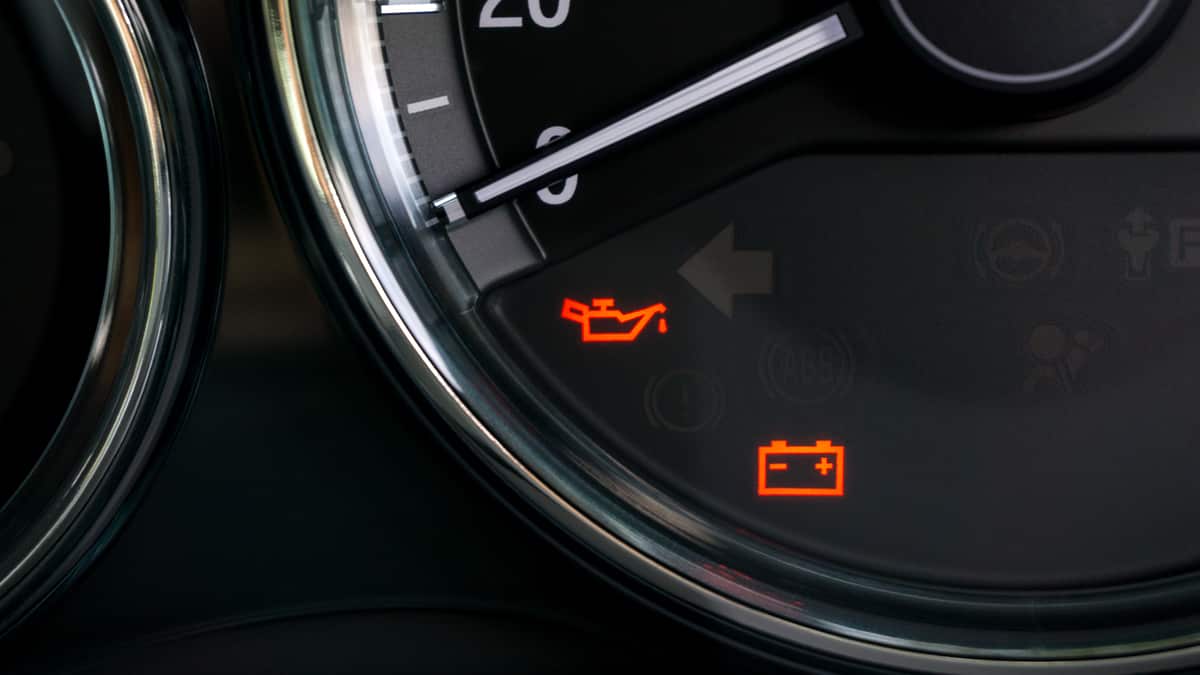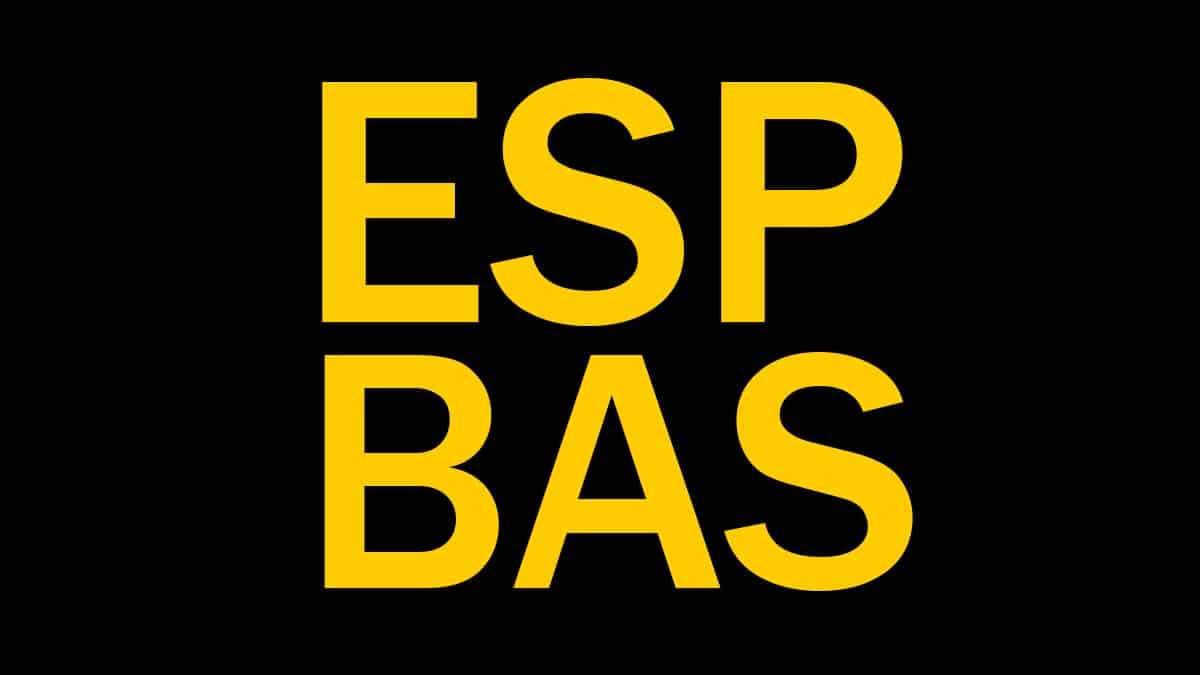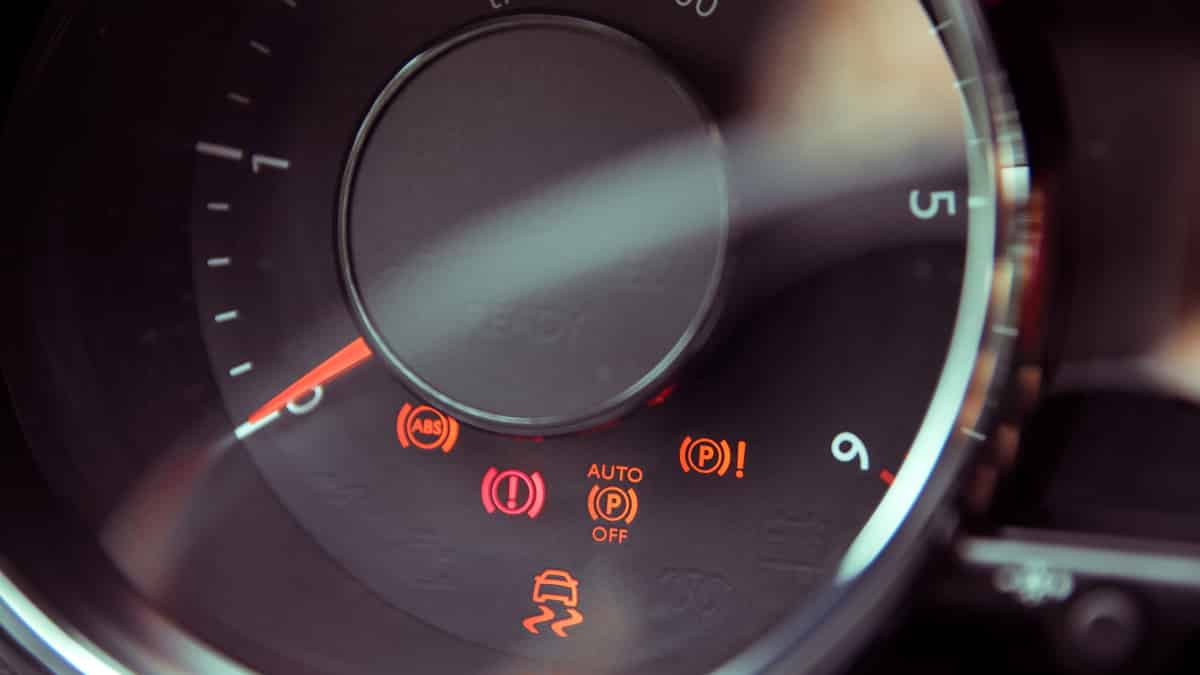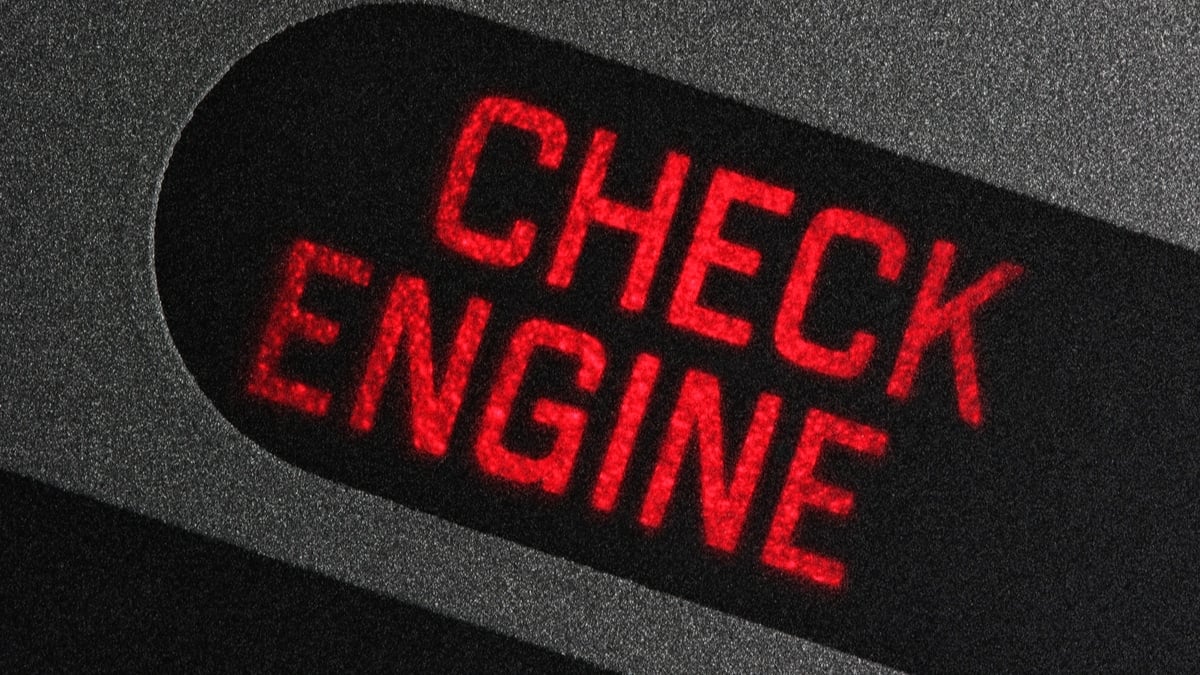Your car’s dashboard has a different light for every malfunction. One that you might not be used to seeing is known as the slip light. It resembles a car on a slippery, squiggly road. So, what does this warning light mean, and how should you fix it?
These are all valid questions that our team of professionals can answer. We look at what the slip light means, what causes it and we show you how to fix it. When you get to the end of our guide, you will have all of your top questions answered.
What Does A Slip Light Mean?
The car’s slip light shows a problem with the traction control system. It illuminates when you are driving down a slippery road and lose traction or tells you that something has malfunctioned. You may see the light flicker on and off in normal operations or stay on when there’s a failure.
Every car wheel is outfitted with special sensors that relay the tire speed to the Powertrain Control Module (PCM). If one wheel begins losing traction, the sensors will tell the system so the technology can kick in and attempt to regain control. However, the sensors can also malfunction, leading to abnormal readings.
Very often, when the slip light comes on because of a malfunction, the ABS light also comes on. These two seem to work together so much that when a part fails, it affects both systems.
What Could Cause A Slip Light?
If the slip light comes on, it doesn’t automatically mean that something is wrong. It could mean that the system is working as intended. However, if the slip light comes on and stays on, there’s probably a mechanical failure of the speed sensors, ABS rings, ABS control unit, steering angle sensor, or wiring.
Let’s look at these possibilities in-depth.
1. Faulty ABS Wheel Speed Sensors
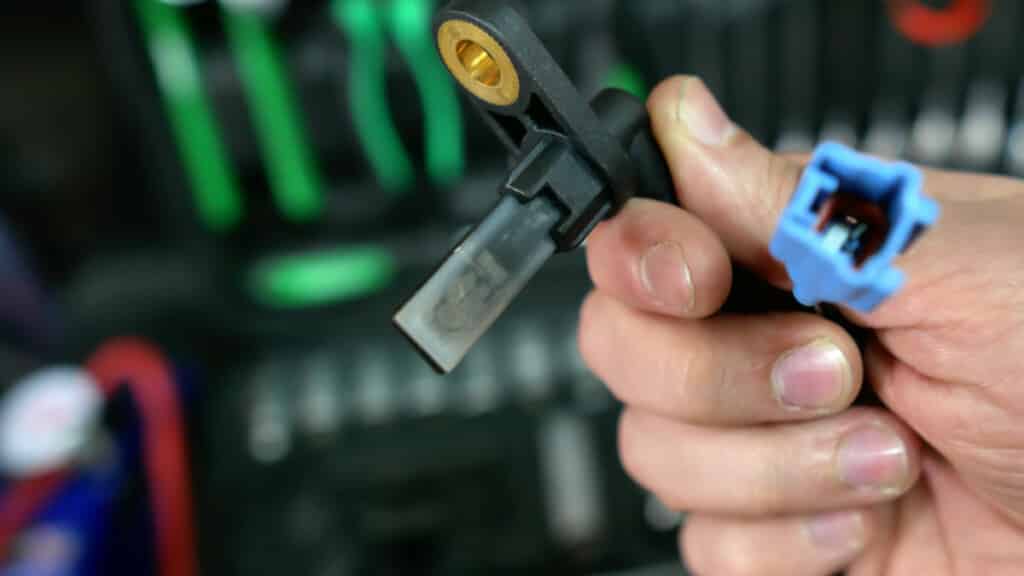
Those sensors we talked about earlier are known as speed sensors. They are attached to the wheels, where they monitor the speed of each. If the sensor becomes damaged, the ABS control unit receives alerts to enable when it shouldn’t.
Once the PCM recognizes the problem, the slip light comes on. At the same time, the traction control system and ABS may stop working.
RELATED: 4 Signs Of A Bad ABS Wheel Speed Sensor
2. Driving On A Slippery Surface

The slip light is one that can come on to indicate normal operating conditions. This is something that makes it different from most of the dashboard warning lights. When you hit a slippery patch of road and the wheels start to spin, the slip light will blink on the dash.
In normal conditions, the slip light will immediately turn off as soon as traction is regained. If it doesn’t go away, one of the other mechanical failures is to blame.
3. Defective ABS Rings
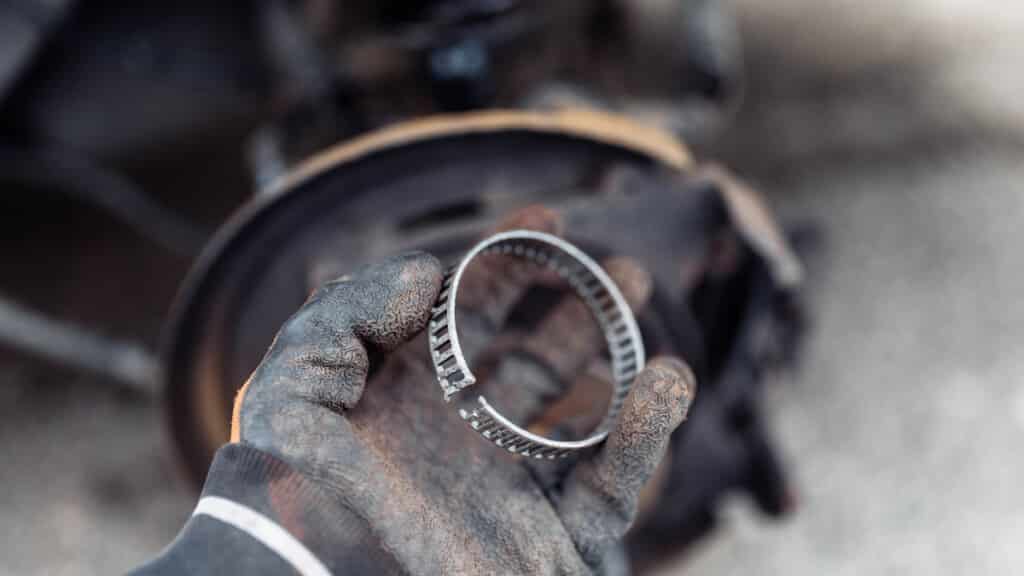
The ABS rings are gear-like. They serve as the relay to the ABS speed sensor, which is responsible for recording the speeds of the wheels.
If the slip light comes on, a broken ABS ring could be to blame. When it fails, it sends bad information to the control unit, and the traction system won’t engage.
RELATED: 4 Symptoms Of A Bad ABS Reluctor Ring
4. Bad ABS Control Unit
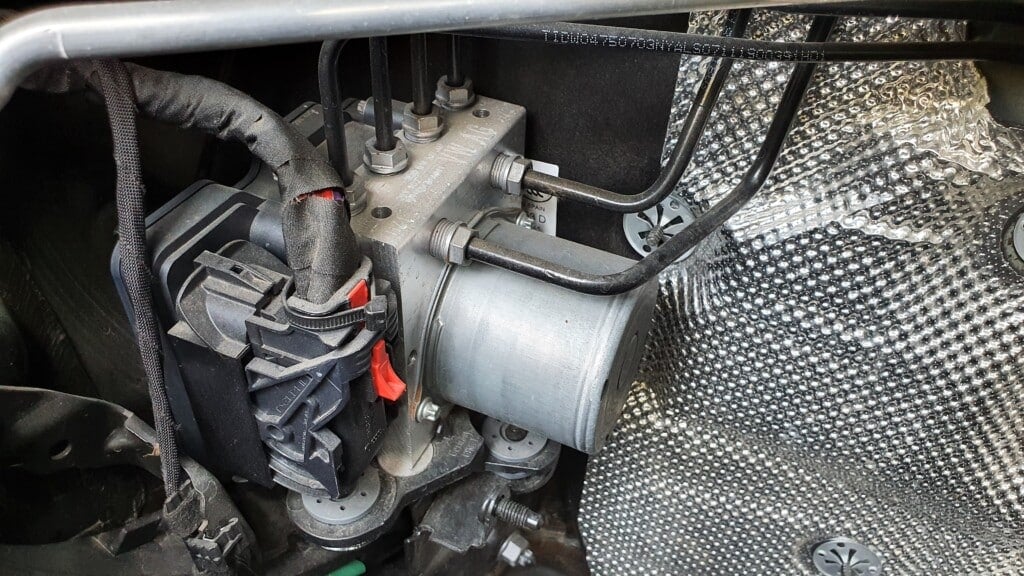
The ABS control unit is a microprocessor responsible for running diagnostic checks of the antilock braking system. It’s responsible for processing information from the speed sensors and the brake system to the central computer.
When the ABS control unit fails, the slip light will trigger. The only way to get it off is to replace the control unit.
5. Bad Steering Angle Sensor
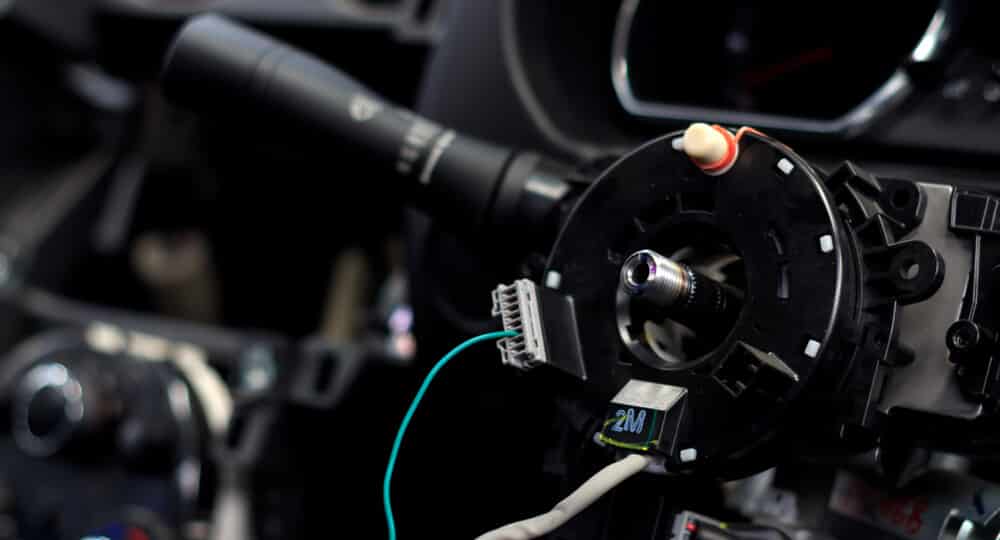
The steering angle sensor is responsible for measuring the position of the steering wheel and its rate of turning. It’s located in the steering column. There can be more than one angle sensor to ensure better data validation and redundancy.
When one of these sensors fails, the slip light may come on. Additionally, the traction control system won’t be able to activate.
6. Bad Wiring
The ABS and traction control system are made up of many different wires and connections that establish communication. When a wire becomes damaged or worn, it can cause a multitude of failures.
The biggest problem with this fault is finding the broken wire. With so many wires involved, it can be hard to discover what’s wrong.
How To Fix A Slip Light
Once the slip light comes on, it’s time to figure out what’s wrong and fix it. If the light flashes on and off, there could be nothing wrong. Continue to drive to see if it acts up anymore. If it does, go ahead and follow these steps put together by our top mechanics.
1. Read Trouble Codes From The ABS Control Module
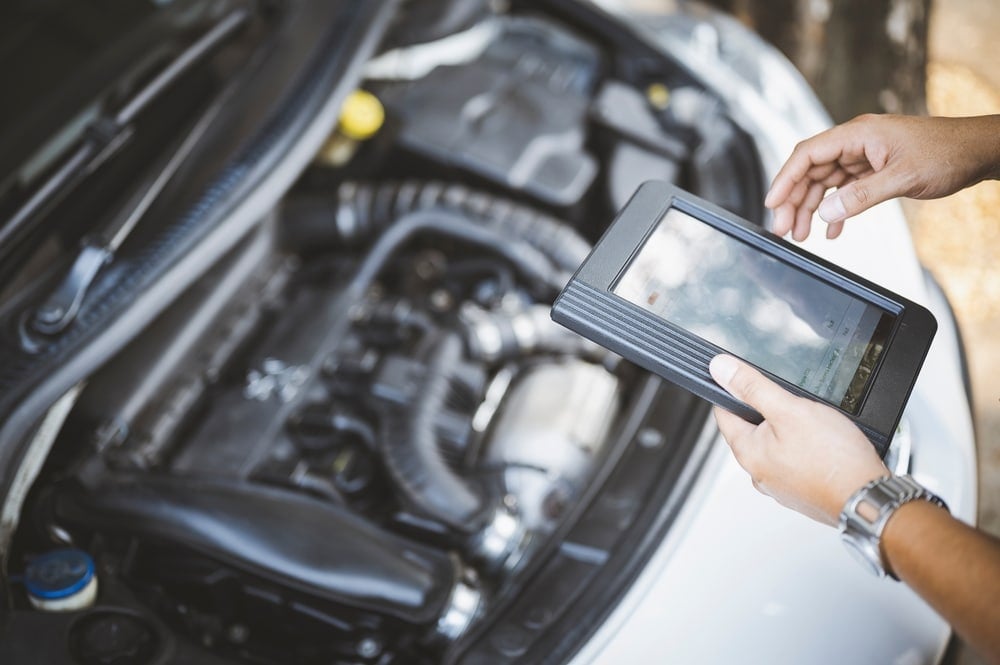
All modern vehicles are equipped with onboard diagnostics that tell you what’s wrong with your car. With a compatible OBDII code scanner, you can read the system’s faults. You need to have one that specifically reads the ABS control module, which isn’t all of them.
Plug your code scanner into the diagnostic port found under the steering wheel. Read the DTCs and reference the information with our online trouble code library. Most trouble codes are universal, meaning every manufacturer uses the same code to signify a problem. However, there are some manufacturer-specific codes that could be more troublesome to figure out. If you are unsure how to repair the code, you may need to jump forward to step #5.
2. Restart The Traction Control System With The Button
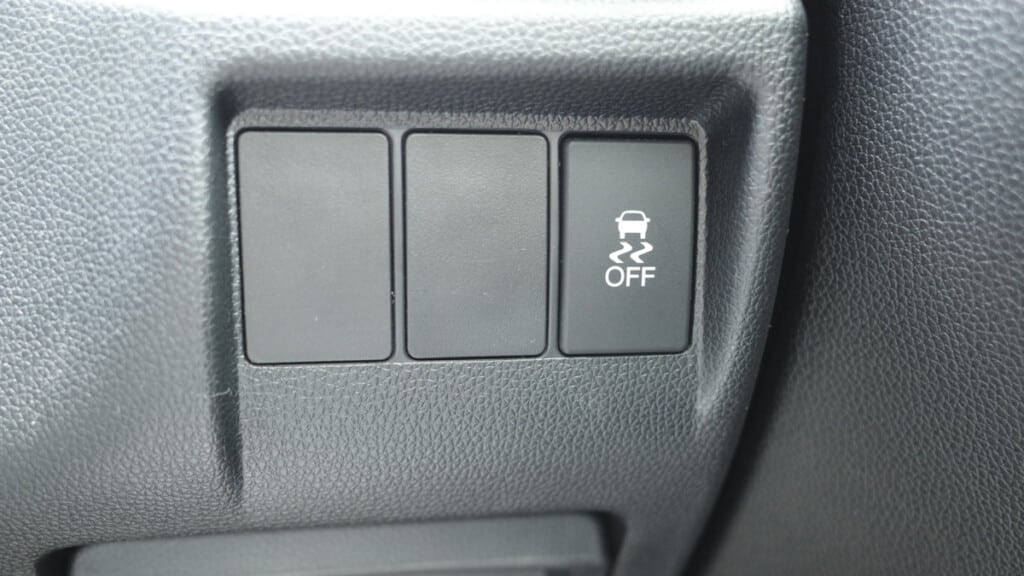
If your vehicle is equipped with a VSC or Traction Control button, you can reset the system. Look for instructions in the owner’s manual. They probably look something like this.
- Place the car in Park.
- Push and hold the VSC button for five seconds.
- The traction control light and vehicle stability control light will turn on.
- Push and hold the VSC button again for five seconds.
This should reset the system. If the light remains on, there is something bigger causing problems. If the light goes out, you are free to drive normally.
3. Check The Brake Fluid Level
The ABS and traction control systems require optimal braking power to work. For this reason, it’s important for the brake fluid level to remain fully topped off.
Check the brake fluid level to see how much is in the reservoir. If it is below the MAX line, add some more. Make sure you choose the right brake fluid for your vehicle. This information can be found in the owner’s manual.
4. Inspect The ABS Rings And Sensors For Damage
Look in the service manual to figure out where the ABS rings are. Sometimes, you have to get inside the hub to see them. Once you get to the ABS rings, look for any signs of damage and replace them if needed.
As far as the wheel sensors go, it’s much harder to find any damage. You may be able to clean them off and see if they reconnect better. Sometimes, dirt and grime build up on the sensors leading to trouble.
5. Contact A Professional
At this point, it’s time to stop stressing and trust the professionals. Look for an ASE Certified Mechanic in your area that can help you diagnose and repair the slip light.
If you aren’t sure who to trust, turn to the advice of people you know. You can also read the online reviews of local shops to see which is highly rated. We also recommend checking with the Better Business Bureau to ensure there haven’t been complaints with the company.
How much does it cost to fix a slip indicator light?
If there’s a minor problem, such as a damaged connector, you may not need to spend a lot, especially if you can fix the issue yourself. However, the cost to replace a sensor can be much higher, even up to $500 or more, if you need to have a mechanic install it.
Can I drive with the slip light on?
If the slip light comes on briefly, it simply means that the traction control system is working. You are fine to continue driving. If the light remains on, there could be a problem. While you will still be able to drive the car, you may not have the traction control system or ABS to fall back on.
What does the ABS and slip light mean together?
These two systems are intertwined, so any of the above failures can be to blame. It’s possible that the speed sensors, ABS rings, ABS control unit, steering angle sensor or wiring have failed, requiring replacement. The only way to know for sure is to perform a complete diagnosis.
Will low brake fluid cause a slip light?
This isn’t a common occurrence, but it is possible. Because the traction control and ABS rely on the braking system, any lack of fluid can cause a malfunction. Thankfully, it’s easy to check the brake fluid and top it off if more is needed.
The slip light might seem alarming, but it doesn’t need to be. In some cases, it can simply tell you that the system is working as it was intended. If the light doesn’t turn off, you know there’s something larger to take a look at. If you are mechanically inclined, you shouldn’t have a lot of trouble figuring it out.
However, if you are unsure what you are working with, it’s best to trust a professional. Both the traction control system and ABS are important safety technologies that need to be in good working order. Otherwise, you may have trouble driving on slippery surfaces, so don’t take any chances.
Categories: Driving, Warning Lights
